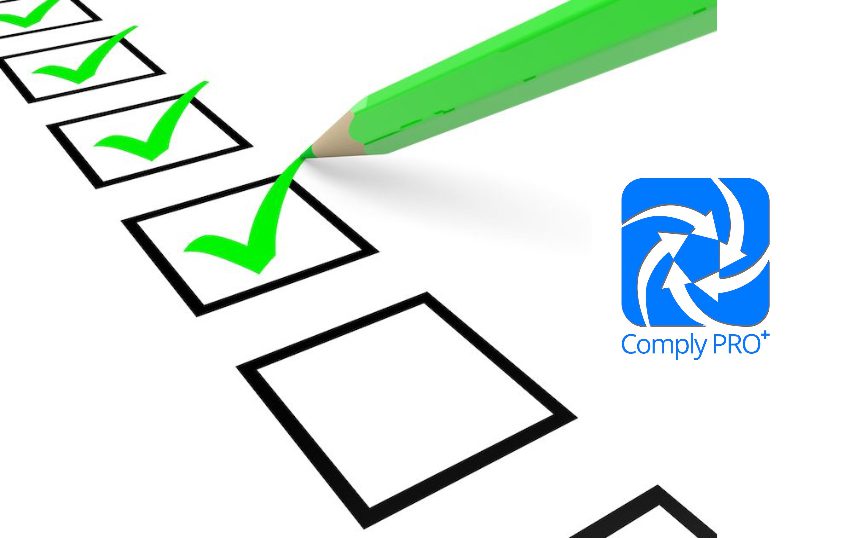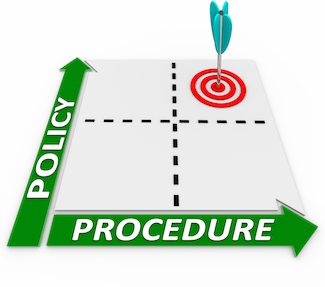
How to Optimize Your Product Safety Compliance Program
Regarding product safety, it is essential to stay ahead of the curve, and companies are often faced with the decision of how often to optimize their compliance program. Companies may ask themselves why they should change their existing program if it works. However, the real question should be: have I audited my program recently?
Not having a robust product safety compliance program can be risky if you are a business owner, executive, or Amazon Seller. Without proper policies in place, you could be putting your customers, employees, and brand reputation at risk. Consumers expect products to function correctly and meet specific safety standards in today’s market. Failing to comply with these standards can lead to costly lawsuits and damage your brand’s reputation. Amazon Sellers have seen increased compliance requests to approve a product, including instructions, warnings, labeling, and registration cards. Submitting these items will get your approval, but can you show proof of compliance to new retailers that need to see these policies and processes to ensure you deliver a safe product with each new shipment? More than having the documents is required, as all major retailers seek proof that you know what you are doing and have systems and training for your employees and contractors. Compare the Vendor qualification for Target in 2020 to today; you can now see the inclusion of a Quality Program Assessment and a Factory Assessment, and vendors are expected to employ best practices and well-documented manufacturing and GMP processes. Part of this results from being unable to visit your suppliers, but the other part is that good quality practices result in compliant products with fewer returns and chargebacks. But policies are part of the program as you also need staff training and process for record keeping. Your ideal compliance program will have all the components for identifying, capturing, and storing all company data, not just for Retailer qualification but in the event you would need to file a 15B report with the CPSC. Have you updated your program recently to identify and record where this data exists should you need to access it quickly? You also need a retention plan to back up this data should you migrate to a new system.

A product safety compliance program is essential for any business that produces or sells physical goods. The program should include policies that ensure all products meet mandatory requirements set by regulatory agencies, such as the Consumer Product Safety Commission (CPSC). It should also involve regular testing and documentation of each product’s performance and any necessary changes to meet the standard. Having proof of compliance can protect your business from liability claims if an injury occurs due to a faulty product. You should document all your steps, from the product’s design to delivery to the consumer. Your obligation does not stop with the sale. You also need an incident reporting policy and escalation program to satisfy the CPSC’s duty to report once you are notified of an incident while using your product. An incident can be reported to you via your customer service CRM system; it can come from a retailer or Amazon or be submitted to the Saferproducts.gov website. If you have a reportable incident and it is determined you need a recall, you should have a plan to prepare for this worst-case scenario. Amazon does not yet require a recall plan but has been discussing with the CPSC how they would handle recalls on their platform should one be needed.
Major retailers always ask about your recall plans, and having one can save you money on your product liability insurance. Today, many are now asking about how you are integrating ESG into your product safety program. ESG stands for “Environmental, Social, and Governance.” It can be described as a set of practices (policies, procedures, metrics, etc.) that organizations implement to limit negative or enhance positive impacts on the environment, society, and governance. Do you have the capability to add these items to your program in an integral way to meet these current and future requirements? Are you aware of new technology solutions that enable you to scale your program quickly and are more cost-effective than building or piecing together several systems?
We built Comply PRO+ for you to have an out-of-the-box platform to securely build your compliance program to show seller proof of compliance when entering new markets and sales channels. Post covid, more people are working remotely. Comply PRO+ is built on Amazon Web Services and is accessible anywhere there is an internet connection. We use 2-factor Authentication to secure your login and password so no unauthorized users are on your account. You still need to craft the policies and procedures to align with how you operate your business, but you do not need to spend time and money connecting several systems to capture the data you need for a robust program. If you haven’t done so in a while, audit your current program to see if it has the features you need to sell products in multiple sales channels and markets today and for what lies ahead tomorrow.
Compare these features to your current program…
1. Accessible anywhere
2. Secure platform with secure 2 Factor Authentication
3. Real-time Pro Dash Dashboard – Add dimension to your program with live stats.
4. Customizable Roles for Executives, Compliance Managers, Team Members, Employees, Consultants, and Authorized Representatives
5. Scheduler and Activities Calendar with Task Assignment
6. Incident Reporting on the Product Level
7. Policy and SOP Document Library
8. Licensed Products Tracking
9. Product Type Views
10. Where Products Sold by Country Map
11. Sales Channel Stats and Vendor Management
12. CPSIA Ready Live View for Children’s Products
13. Supplier Stats and Policy Reviews for Each
14. Supplier Audits with Sales Channel Tracking
15. Product Family Feature for uploading one document to many
16. Technical File Product folders format for selling globally
17. Custom Fields on the Product Page to fit your products and capture new ESG requirements.
18. Hide and or Create Custom Folders I
19. Test Lab Stats and Management
20. Test Report Expiration Reminder with Email Alerts
21. Test Plan Section
22. Production Runs / Batch Tracking
23. Shipping Details & Tracking
24. Quality & Inspection Tracking
25. Certificate Management
26. Authorized Representative Access ( for E.U. & U.K.)
27. Ez Uploader makes onboarding a breeze; be up and running quickly.
28. Extensive How to Knowledge Base
29. Great Customer Service
30. Coming Soon…. CO. Comply company branded microsite for employee training!
If you are happy with your current program but need to optimize it and add a 3rd dimension, we have the solution for you.
Complete Compliance with An Eye On Business Transformation™
Comply PRO+ is the most ergonomic, economical, and comprehensive product safety compliance suite for managing your compliance program. It offers an easy-to-use system that can help you document “Due Care” from design to delivery while providing data-driven insights to ensure effective compliance processes. With its intuitive dashboard and automated alerts, you can quickly audit your compliance program and manage all compliance and sales channel activities from one screen. Schedule a Demo today, so we can show you this revolutionary system and get an additional user FREE when you sign up.


